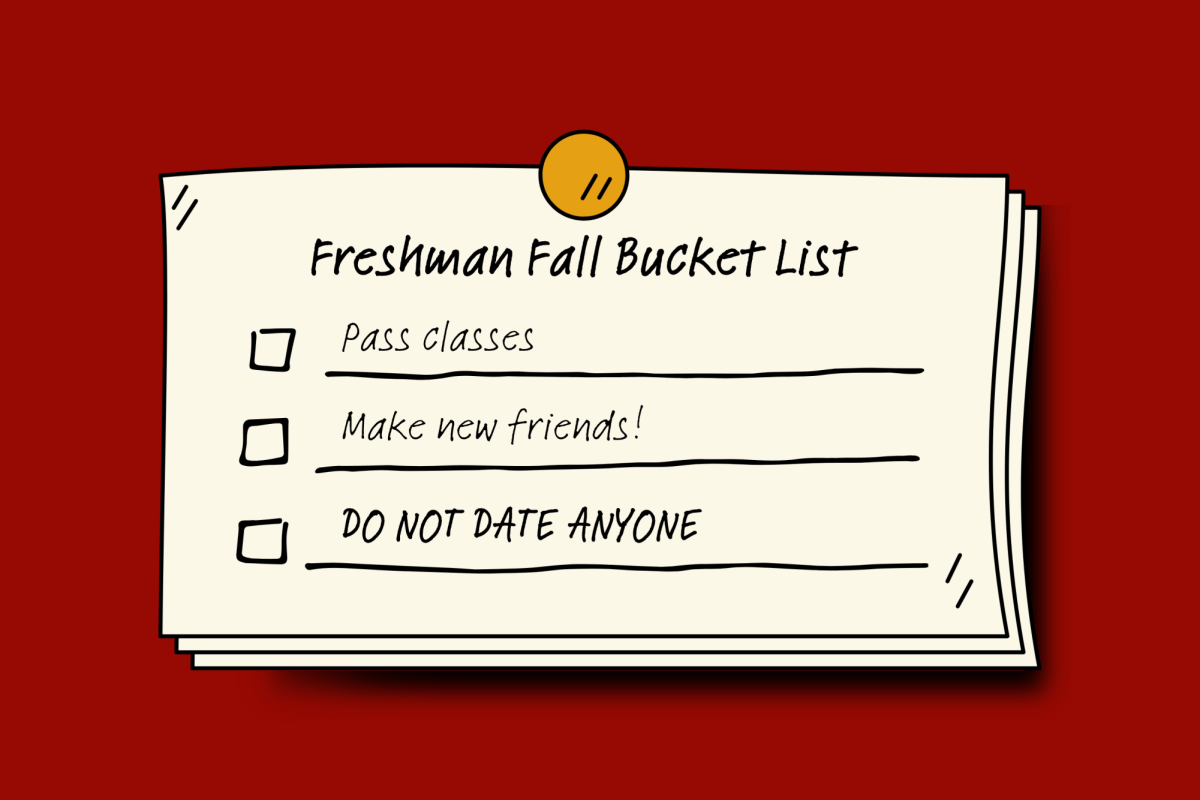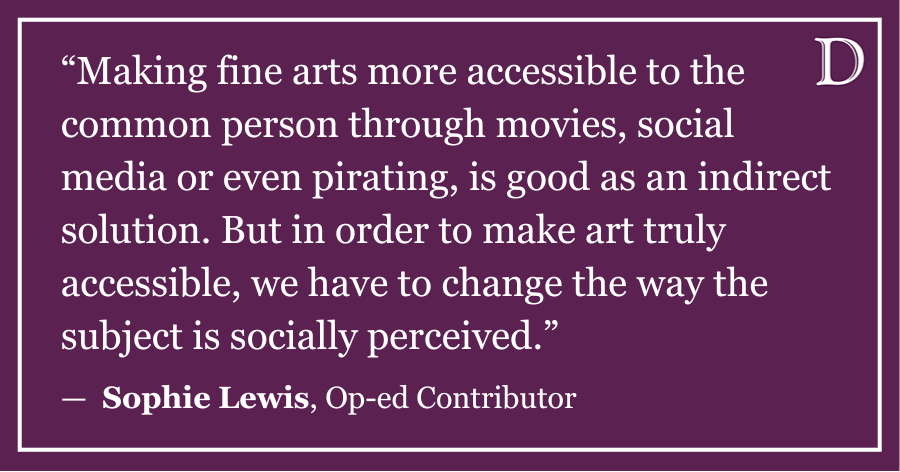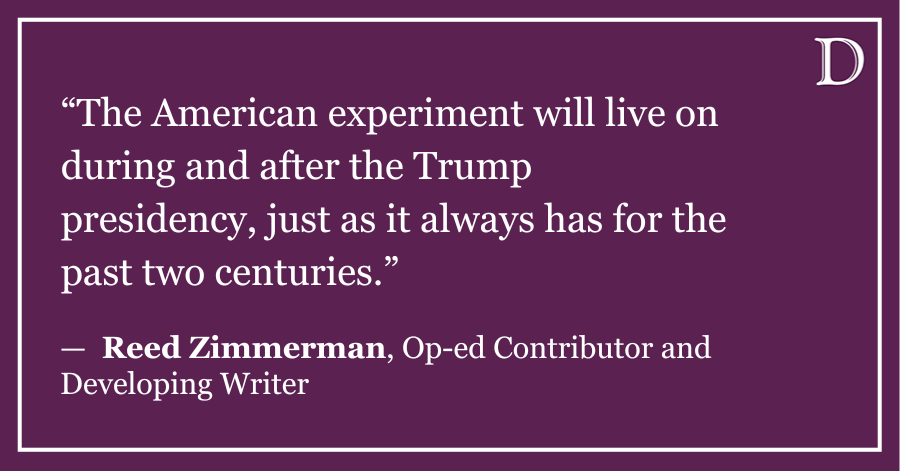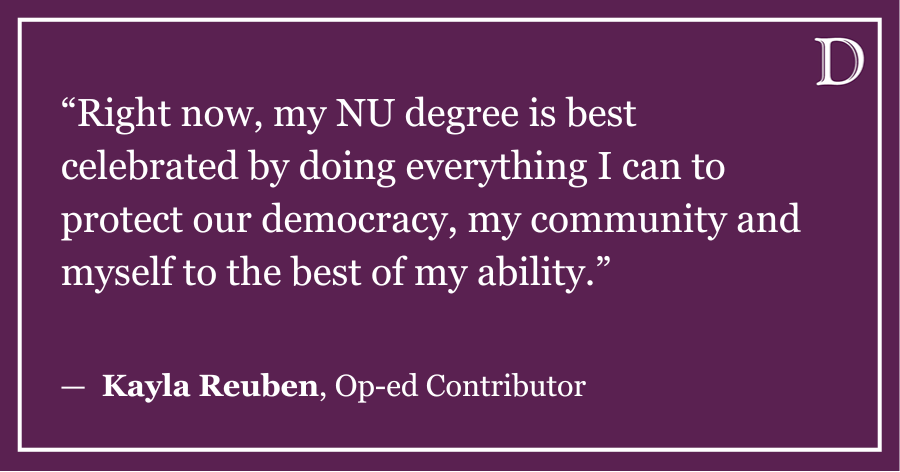It’s 7:58 a.m. on April 12, and the pilot instructs the flight attendants to prepare for takeoff. I can see the flight attendant making a beeline toward me, about to give me the “Turn off that phone” stare, when suddenly it rings. I pick up the call and learn that a friend from high school had passed away overnight in a tragic accident in Denver. Wilson King was 20 years old.
The next three hours of the flight were surreal. The usual questions popped into my head: How could this happen? Why did this happen? Why Wilson?
In an odd reminder of the digital age we live in, my next thoughts centered on Facebook. What happens to Wilson’s Facebook? What will people post about this tragedy? These thoughts brought to light the question of how Millennials mourn death in the age of social media.
Initially, my news feed was filled with brief messages, all clearly written in a state of shock. “Rest in Peace.” “You will never be forgotten.” “You lived life to the fullest.”
These messages served two purposes: They began the period of mourning and informed a network of friends that Wilson had died. Since the day of the tragedy, Wilson’s profile has become filled with pictures and moving tributes from friends and family across the world.
Death ends a life but not a soul. The spirit lives on. But where does Facebook enter the picture? Does a Facebook profile get buried like a body? Or does it become a living spirit?
Facebook has dramatically changed the way we mourn death. Instead of waiting for eulogies at a funeral service, friends and family can publicly share their messages of love. In Wilson’s case, most of these messages were written directly to him:
“I’ll never forget when you …”
“You taught us …”
“We had some great times …”
My news feed had more stories about Wilson King in three days than in the last two years combined. Was he really dead or was he alive? It certainly didn’t feel like he was totally gone. In fact, he was alive. Sort of.
The advent of social networking allows people to live longer than their time here on earth. Facebook is essentially a biography of our lives, hence the “Timeline.” With just a few clicks, I can see pictures chronicling the man whose life was tragically cut short. His profile, which on a normal day was filled with fun pictures, links, messages and videos, became a tribute page. People posted photos and messages, the digital equivalent of leaving flowers on a tombstone. Yet, at its essence, it remained a normal profile, as if he were still a sophomore at the University of Denver.
Wilson’s profile had become another grave but nothing like the traditional sort. It was a memorial filled with life. Our memories of Wilson are supplemented by the beautiful pictures and touching messages written to him and posted on his profile. Messages from people I never knew, but who had been friends with Wilson, and whose lives were changed by the man. Messages from his best friends and from new acquaintances. Overall, the tributes allowed Wilson’s entire network of friends and family to share their own stories and see how Wilson had changed other people’s lives.
However, in the new age of mourning, there is a line not to be crossed. When does mourning become not about the deceased, but about the mourner? Fear of missing out, or FOMO, is the feeling we get when when we see pictures on Facebook, and feel that we need to be having as much fun or being as social as our friends.
If all of my friends are posting something about Wilson, do I have to mourn publicly as well? Are all of these tributes sincere or are they reactions to the FOMO phenomenon, used to call attention to ourselves?
Perhaps people are above FOMO when it comes to death and mourning. I truly hope we are. Respect for the friends and family of the deceased, as well as the deceased themselves, is the only way to trump the FOMO sickness.
Sometimes, less is more. Especially after a tragic death, one’s Facebook profile becomes the living memory of that person. We should respect the memorial profile as if it was a funeral service or grave site. It is a beautiful thing to share pictures and stories about the deceased, and it should not be abused. We now have a beautiful multimedia memorial to loved ones, and we should treat it — and appreciate it — as such.
Facebook gives us the opportunity to keep people alive. Although we know Wilson will never see what we post for him, social media offers a new avenue for family and friends to keep him alive. By acknowledging him in our digital networks, it doesn’t matter if there is physical man on the other side of the profile. Wilson lives on.
So what happens to life after death? In the age of Facebook, we keep on living. We live on through memories. We live on through videos. We live on through stories. We live on through pictures. We live on through Facebook.
Zack Harris is a Weinberg sophomore. He can be reached at [email protected]. If you would like to respond publicly to this letter, send a Letter to the Editor to [email protected].









